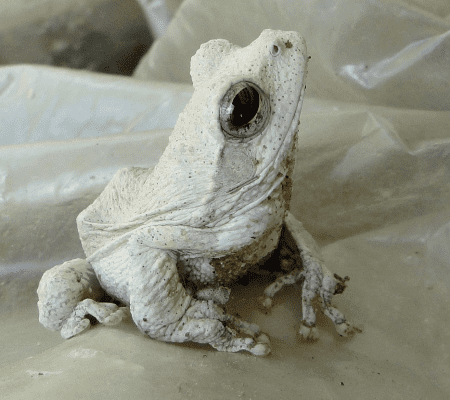Phylum Chordata Rank Species | Higher classification Chiromantis Order Frog | |
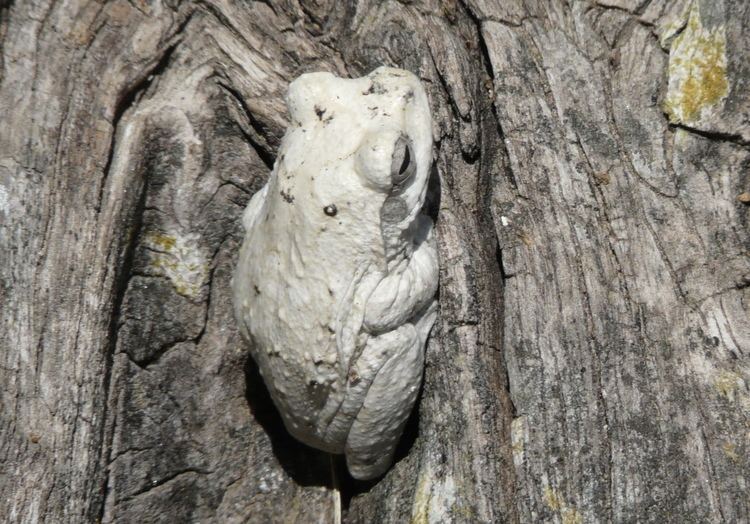 | ||
Similar Frog, Chiromantis, Amphibians, Rhacophoridae, African foam‑nest | ||
The grey foam-nest tree frog or southern foam-nest tree frog (Chiromantis xerampelina) is a species of frog in the Rhacophoridae family. It is found in Angola, Botswana, Kenya, Malawi, Mozambique, Namibia, South Africa, Swaziland, Tanzania, Zambia, and Zimbabwe, and possibly the Democratic Republic of the Congo and Somalia. Its natural habitats are subtropical or tropical dry forests, dry savanna, moist savanna, subtropical or tropical dry shrubland, subtropical or tropical moist shrubland, subtropical or tropical dry lowland grassland, subtropical or tropical seasonally wet or flooded lowland grassland, intermittent freshwater marshes, arable land, pastureland, rural gardens, urban areas, heavily degraded former forests, ponds, and canals and ditches.
Contents
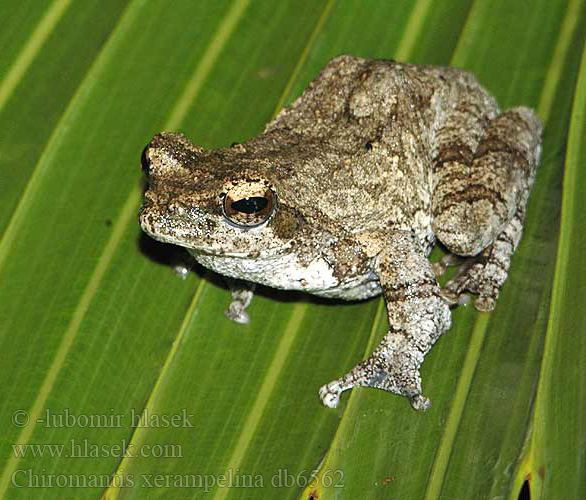
Description
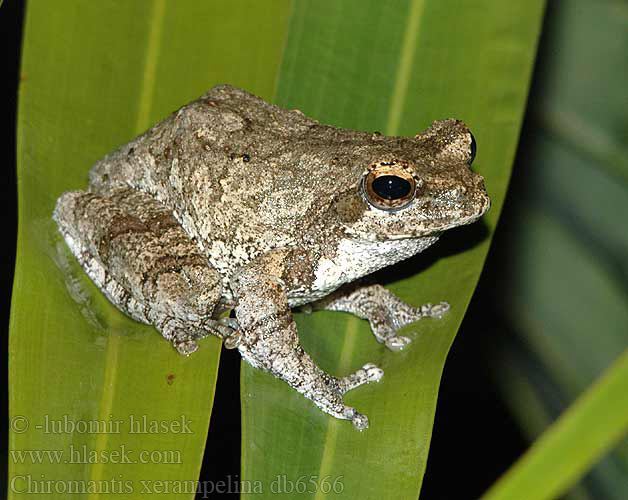
Chiromantis xerampelina are arboreal frogs. Like the other species in genus Chiromantis, they have discs on their toes and their outer two fingers are widely spaced from and nearly at a right angle to their inner two fingers on each hand. They reach up to 90 mm in size. Their skin is slightly bumpy and dry and its colors range between white and brown and change in response to temperature (see adaptations below). They tend to turn white when they die.
Behaviour
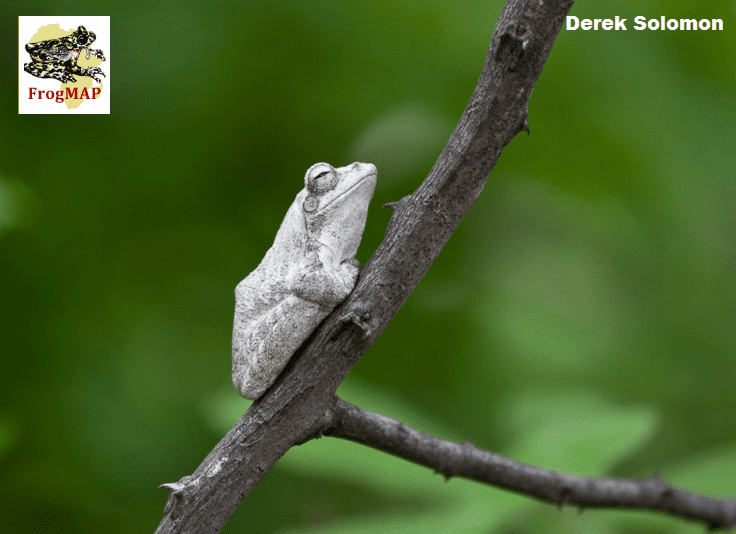
These arboreal frogs don't frequently swim or inhabit water. They are frequently found in and around human settlements where lights, water, and refuse attract many insects.
Breeding
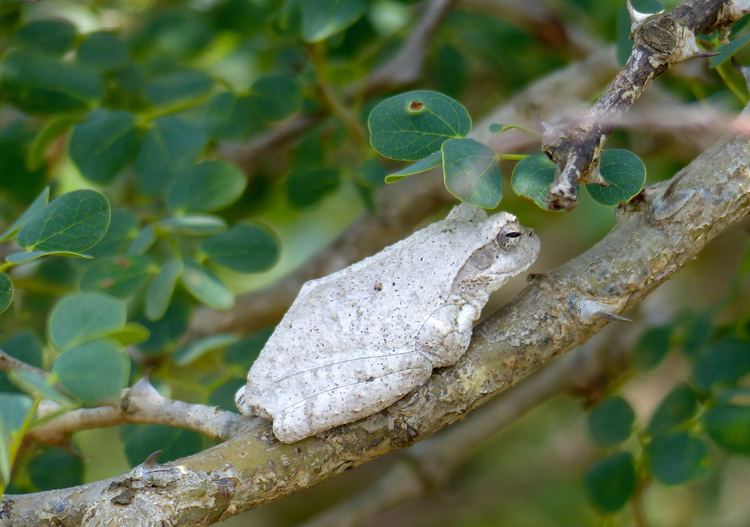
The grey foam-nest tree frog mates in what is described as the most extreme example of polyandry of all vertebrates. The simultaneous polyandry begins when a female begins releasing eggs onto a tree branch. Up to 12 males then cluster around her and fertilise the eggs by producing sperm which they whip into a foamy 'nest' with their hind legs. The female will leave temporarily to rehydrate before returning to the nest, as the entire ordeal can last several hours.
Offspring of these polyandrous encounters are more likely to survive than the eggs fertilised by a single male.
Adaptations

As these frogs often live in arid and semi-arid climates, they have developed several adaptations to live months at a time away from water. These include: uricoltelism, rectal water resorption, and water-loss resistant skin that changes color in response to temperature. Individual frogs can change their color from chalky white to dark brown. The brown coloration has a geometric/bark pattern. The frogs change their body colors in response to temperature differences in order to maintain a good body temperature and minimize evaporative water loss. When they are dark, their body temperature follows air temperature more closely, it is common for them to do this when the air is below 36 °C. The white coloration helps them to maintain a temperature below the ambient temperature by reflecting heat away. Their skin has an integumentary resistance to evaporation that rivals that of terrestrial reptiles, earning them the nickname of "waterproof frogs", but this resistance isn't present in their ventral skin, so when met with a dry period, these frogs tuck their water losing ventral areas under them so that only their resistant skin is exposed and the secrete a water-resistant mucus to seal any small gaps and they aestivate. If disturbed and forced to move, they lose a significant amount of water and may not be able to survive the rest of the dry season.
